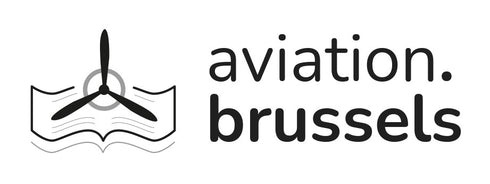C.W.A. Scott
Flight Lieutenant Charles William Anderson Scott A.F.C. ( February 13th, 1903 - April 15th, 1946 ) was born in Westminster ( London, England ). Educated at Westminster School, he was a keen musician, poet and yachtsman.
After leaving school, he served on a sugar plantation in British Guiana for a short time, before returning to Great Britain and joining the Royal Air Force in 1922. Charles W.A. Scott gained a reputation for his aerobatic skill and was R.A.F. heavyweight boxing champion for two consecutive years.
He left the R.A.F. in 1926 and emigrated to Australia, where he took up a post as a commercial pilot for the fledgling airline company Queensland and Northern Territory Aerial Services ( now Qantas ). In 1931, he broke the England - Australia solo flight record, flying a de Havilland DH.60 Moth. For this achievement, the King awarded him the Air Force Cross.
In 1934, he was picked, along with Tom Campbell Black ( 1899 - 1936 ), to fly one of three purpose - built de Havilland DH.88 Comet Racers to compete in the MacRobertson Air Race ( Mildenhall, England to Melbourne, Australia ). They won the race, breaking the flight record of 162 hours down to 52 hours and 33 minutes. They reached the finish line in 71 hours, winning the £10.000 prize money and becoming world - famous overnight. Two years later, along with Giles Guthrie ( 1916 - 1979 ), he won the Schlesinger Cup ( Portsmouth, England to Johannesburg, South Africa ), flying the Percival Vega Gull G - AEKE landing at Rand Airport on October 1st.
In September 1939, Charles W.A. Scott approached the R.A.F. once again, arguing that his experience would be valuable to the war effort, but officials did not agree. He publicly criticized the " Aviation Chaos " within the R.A.F. after their refusal and instead, joined the A.R.P. as an ambulance driver in London.
After a stint with the Royal Navy, He joined the Atlantic Ferry Service, ferrying aircraft across the Atlantic. After making seven crossings, his deteriorating health stopped further long - distance flights. He became operations manager of the Royal Canadian Air Force's No. 10 Observer School ( Chatham, New Brunswick ) in November 1941.
In May 1942, he was badly injured in a crash landing when flying an injured student to Hospital, and was no longer fit to fly. He then worked for 5 months for de Havilland, and afterwards, spent his time working for Fairchild as an inspector at their Montreal factory, and lecturing to Sea Cadets. Because of his bad health, he suffered a nervous breakdown in early 1944, but after recuperation, returned to work with Fairchild.
Married three times and divorced twice, he had a daughter with his first wife. Despite his marriage with his third wife, he fell in love with another woman and wanted to marry her. Her refusal to leave her husband and accept his proposal was cited as reason for his suicide in the note which he left, which was addressed to her on the morning he shot himself in his chest near his heart, causing his death.
( source : Wikipedia )

















